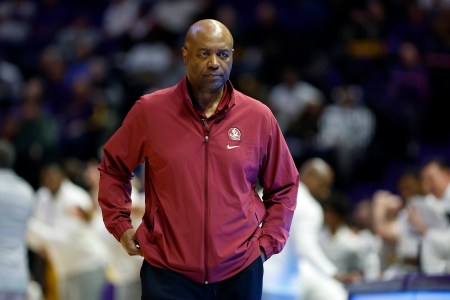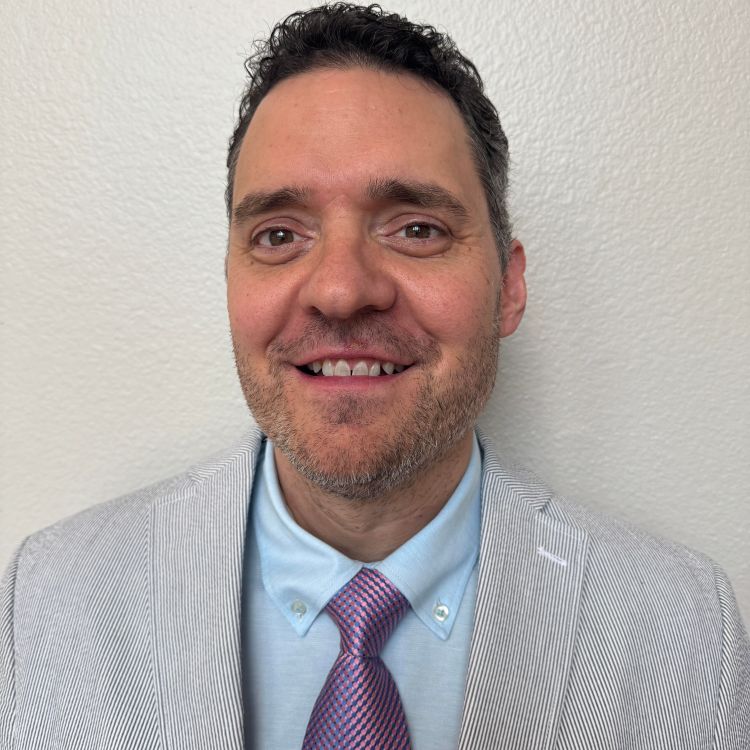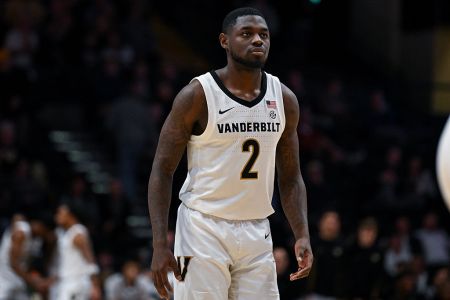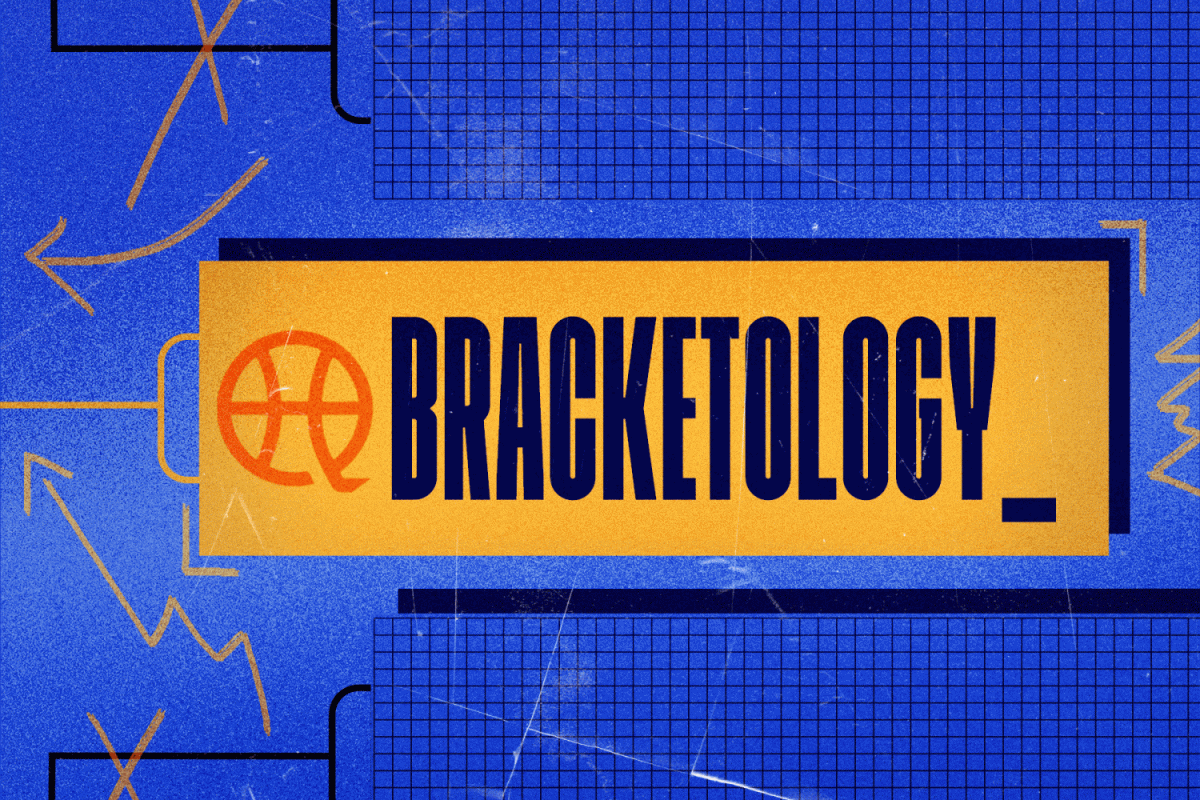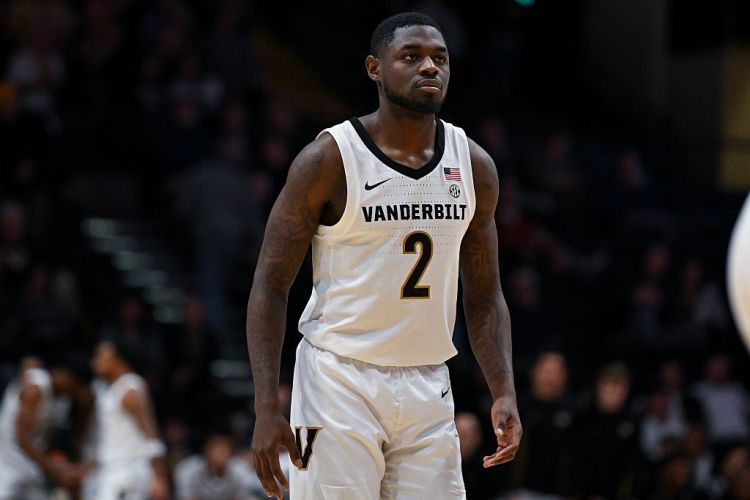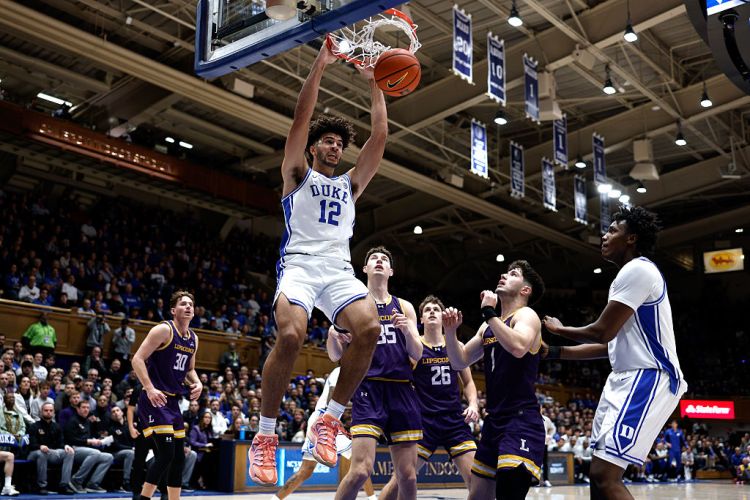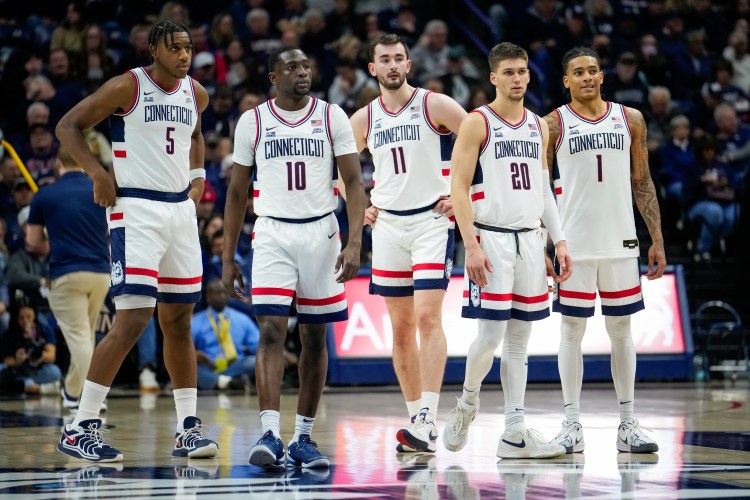Over the past four years, a growing number of college sports leaders believed the industry was on a slow march toward a model where student-athletes would be employees, with the ability to unionize and negotiate a proper Collective Bargaining Agreement.
Then the political winds shifted dramatically in November’s presidential election. In recent weeks, Dartmouth’s men’s basketball players dropped unionization efforts; the National College Players Association withdrew unfair labor practice charges against USC, the Pac-12 and NCAA; and President Donald Trump, as expected, swiftly fired NLRB General Counsel Jennifer Abruzzo, whose 2021 headline-grabbing memo stated that college athletes should be recognized as employees.
But if you think the employment question — the most consequential issue facing college sports — is settled, think again. After more than a dozen Congressional hearings on the ills of college sports, the introduction of a dozen drafts of bills and more in-person discussions last week between industry leaders and lawmakers, the NCAA appears no closer to securing its long-sought federal reform bill. The NCAA’s two big-ticket items? Codify that athletes are not employees and receive antitrust protection amid the continued avalanche of antitrust lawsuits.
With progress on Capitol Hill apparently stalled, and the NLRB proceedings momentarily off the table, the epicenter of the high-stakes employment question has merely moved to a federal courthouse in Pennsylvania. That’s where a case is being heard that has long been under the radar since it was filed in 2019: Johnson v. NCAA. And with the NCAA still failing to gain any notable traction on its years-long pursuit of a reform bill, the spotlight on the Johnson case grows ever brighter.
“Now we’re the only game in town on this issue,” Paul L. McDonald, lead counsel for the plaintiffs, told Hoops HQ during a lengthy interview this week.
At issue is whether college athletes meet employment criteria under the Fair Labor Standards Act — much like non-athlete students in work-study programs — and therefore deserve federal minimum wage and overtime protections. If so, the outcome could be a significant step toward ultimately ushering in the era of collective bargaining, a scenario the NCAA has been hell-bent on preventing.
The Florida State NIL Case Is Sending an Important Message: Keep Your Promises
In an exclusive column for Hoops HQ, the plaintiffs’ attorney explains where college sports needs to go next
The Johnson case has been playing out in the shadows of the more high profile House v. NCAA antitrust case, which has garnered national attention because, if the settlement is approved, it would enable schools for the first time to share as much as $20.5 million annually with their athletes. With the Johnson case, even if the plaintiffs (former Villanova football player Trey Johnson and other Division I athletes) are successful, it won’t address whether athletes in certain sports deserve a higher hourly wage than athletes in others.
What it will answer is whether athletes are university employees, which could cause an enormous shifting of the industry’s tectonic plates and bring athletes a step closer toward being able to negotiate compensation and other benefits. Tom McMillen, the former U.S. Congressman and former CEO of LEAD1 Association, has long told me that college sports are on an “inexorable road” toward an employment model. The only question, in his view, was whether it would be determined by the NLRB or through the courts.
Now it looks like the courts will settle the issue — absent Congressional intervention.
Steve Berman, co-lead counsel for the plaintiffs in the House case, told me last year that there are two ways for the NCAA to completely insulate itself from further antitrust lawsuits: Secure an antitrust exemption from Congress or open the door to athlete collective bargaining.
They continue to aggressively pursue the former and view the latter as a non-starter, even though it could solve many of the association’s legal troubles.
Collective bargaining — the potential consequence from an employment model — would be protected from antitrust scrutiny because an agreement would include agreed-upon workplace compensation, benefits and other conditions. McDonald, while stressing that the Johnson case does not explicitly address collective bargaining, said it would in fact “stabilize” an industry in the midst of seismic disruption.
“Collective bargaining is the answer to most of the NCAA’s problems,” McDonald said. “Even though our case would not mandate collective bargaining, once they (the NCAA) acknowledge that employee status is what’s going to happen, it would be odd for them not to turn and say, ‘Well, then we might as well take advantage of collective bargaining so we don’t get sued forevermore in antitrust.’”
Opponents of an employment model, which includes most college sports leaders, cite several perceived drawbacks:
Charlie Baker, the NCAA president, told me a little more than a year ago that making all athletes employees would have “tremendous negative consequences: student-athletes let go for a bad performance, or paying taxes on scholarships or room and board, and changing the relationship with teammates or coaches from the positive one enjoyed now to one where employees report to a supervisor.”
Tom Wistrcill, the Big Sky Conference commissioner, agrees that the effects would be “catastrophic.” And SEC Commissioner Greg Sankey told me that, in speaking with Division III athletic directors, “I’ve had several say, ‘We wouldn’t exist.’ And I go back to, ‘Your Division III program wouldn’t exist for athletics?’ And they go, ‘No, no, our university, our college wouldn’t exist because of the enrollment model.’ Some of that is true in Division I. Division II as well.”
If schools don’t want their athletes to be deemed employees, some legal experts told Hoops HQ, then they need to stop treating them like employees. To that point, the focus of the two prominent NLRB cases centered on how much control schools exert over athletes. That includes everything from requirements for practice and class schedules to protocol for road games and media obligations.
“It’s always the biggest issue,” McDonald said. “The athletes are the most controlled students on campus.”
As other cases have attracted more headlines, the Johnson case continues, with judges expressing skepticism of the NCAA’s talking points.
In February 2023, both sides in the case made oral arguments before the three-judge panel of the U.S. Court of Appeals for the Third Circuit in Philadelphia. It was clear from the judges’ line of questioning that they found the NCAA’s arguments about why athletes are not compensated suspect and unconvincing. In fact, they signaled they believed at least some athletes are indeed employees of schools and potentially the NCAA as well.
The judges also highlighted the circular nature of the NCAA’s time-honored contention that student-athletes are not professional athletes because they don’t expect compensation from schools. The NCAA has long contended that athletes cannot be employees and athletes at the same time.
In July came a win for the plaintiffs when the U.S. Court of Appeals for the Third Circuit affirmed the dismissal of the NCAA’s motion to dismiss the case. Considering how far the proceedings have progressed, “I’d say it’s very significant,” Sam Ehrlich, a sports law professor at Boise State, told Hoops HQ. “Johnson is in what we know is a favorable court in front of a favorable judge with a demonstratively favorable appellate court backing it up by creating a very athlete-favorable test.
“And since we know now that the NCAA isn’t appealing that July decision to the [U.S. Supreme Court] — the deadline to do so has long since passed — the only things standing against that case are time and the possibility of countering federal legislation.”
McDonald said the Johnson case boils down to a simple and straightforward question: Do athletes deserve the same employee status as the students selling popcorn at their games?
“You have that benchmark of the other students on campus,” McDonald said. “There’s just no way in hell, frankly, that a judge or a jury, and, for that matter, a coach or an athletic director in deposition, is going to say that the athletes don’t meet the standard as much as the kids selling popcorn. It’s really a ridiculous idea on their [NCAA] part to continue with this.”
He later added: “No one wants to say it, but the suits just like having all of the control and all of the money.”


